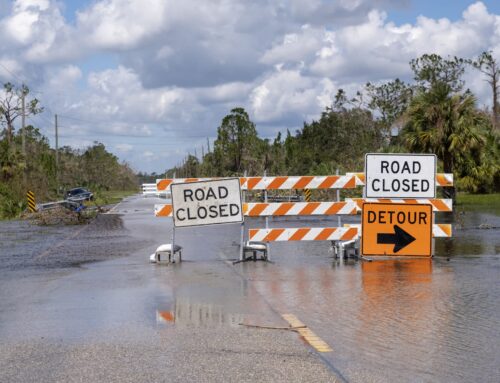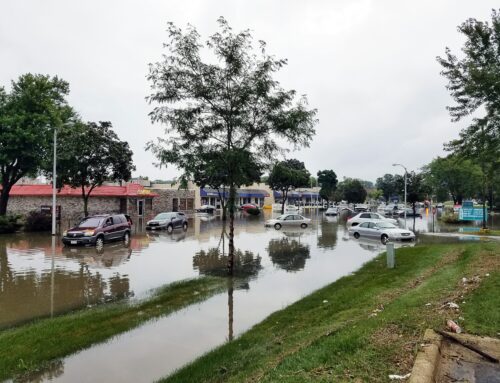While Washington is wringing its hands about the automatic across-the-board budget cuts known as sequestration, the U.S. Army Corps of Engineers is digging taxpayers even deeper into debt by pushing a smorgasbord of wasteful dinosaur projects.
Exhibit A: Instead of prioritizing funding on the most economically justified and critically important projects, the Corps is reviving ancient duds like the New Madrid Floodway/St. John’s Bayou project. The New Madrid floodway is an old Mississippi river channel in Missouri’s boot heel. Levees surround the floodway, except for a small gap at the downstream end (near New Madrid, Missouri). When river levels get high enough to threaten flooding in Cairo, Illinois and other cities upstream the Corps “operates” the floodway by blowing up parts of the levee, sending millions of gallons of floodwaters across the sparsely populated farm land in the floodway—preventing flooding in Cairo. The water returns back to the river through the gap.
The floodway was just last used in 2011, when the Corps blew the upstream Bird’s Point levee.
This project would have taxpayers spend more than $150 million to close the gap and encourage increased development. But it wouldn’t, rightfully so, stop the Corps from using the floodway when needed in the future. Instead the Corps would have to blow up the upstream levee to let in the water, then blow up the downstream levee to let it out, sending millions of taxpayer dollars up in smoke—literally – and increasing flood damages. As we told the Washington Post, “It’s completely idiotic.”
As you head south there’s another doozy. In 2002, the Corps proposed the Morganza to the Gulf project in Louisiana would cost $887 million. In 2007, Congress gave the green light. But when new levee construction rules were adopted after Corps levees failed during Katrina, the Corps reexamined the project. The new price tag: $10.3 billion! According to the Corps the 98-mile long levee will be 725 feet wide in some parts – that’s more than two football fields – and would return a paltry $1.31 in benefits for every dollar spent. The Corps rejected other less intensive, and cheaper, solutions out of hand.
Criss-cross the country and you’ll find many wasteful Corps projects. In California federal dollars are spent dredging rivers that haven’t seen a commercial vessel in years. Barge companies (with Corps assistance) are trying to weasel out of their financial responsibilities for maintaining locks and dams that make navigation possible. And in the East there’s a project to deepen the Delaware River that has been found several times over to be an economic loser.
Possibly the scariest thing is Congress giving the Corps virtually unchecked authority in the Sandy emergency spending bill. There’s $2.9 billion for flood and storm damage reduction projects between Maine and Virginia and a half billion for projects somewhere else—potentially far from the places most impacted by Sandy. That total is almost double the annual Corps construction budget for the entire country. Many of these projects will be built without one dime contributed by states and localities—something we’ve never done after a disaster. The worst part is it’s very likely the Corps will simply rebuild in these areas the exact same way as before, increasing the likelihood of future disaster costs.
Washington must not simply let the Corps, or any agency, keep chugging along as if deficits don’t matter. Taxpayers can’t afford to keep funneling dollars to bad projects or failed programs. The Administration and Congress need to buckle down, prioritize where we spend our limited tax dollars, and invest in only those projects and programs that work.
Putting the country on sound footing to deal with our deficits and debt isn’t easy. But decades of throwing money at our problems and holding nobody accountable for unrealistic plans and explosive cost overruns is what built this mess. Washington needs to change or else folks like the Corps will just dig us deeper into debt.











Get Social